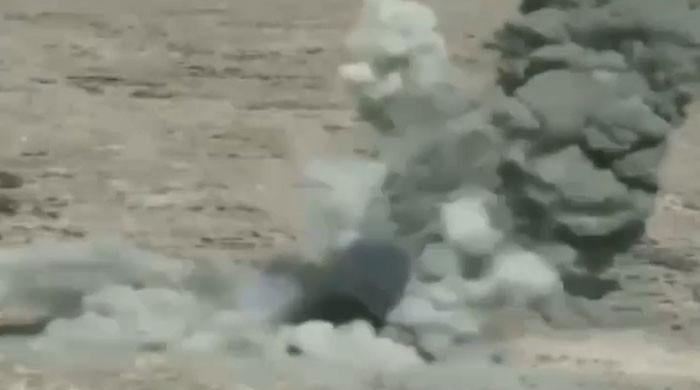Developments in Kurram: Bunkers Demolished, Weapons Collection to Begin
- All parties will now commence surrendering their weapons.
- Over 1,900 supply vehicles have been dispatched to Kurram.
- Local councils are actively working to foster enduring peace.
Official sources confirm that, aligning with the Kohat peace agreement established on January 1, 2025, a total of 979 bunkers have been entirely dismantled in the tribal district of Kurram over the last two months.
These bunkers were previously situated in territories controlled by opposing sides of the conflict. Authorities have verified that the subsequent phase, which involves the collection of weapons from all factions, is scheduled to begin progressively.
Officials have also indicated that 1,984 vehicles, laden with essential food supplies and medical provisions, have been deployed to the impacted areas over the preceding three months.
In addition, financial assistance has been extended to facilitate the restoration of shops and buildings in Bagan Bazaar. Monetary aid is also being distributed among families affected by the conflict.
A senior administrative official stated that all bunkers in Kurram have been successfully removed and that operations targeting disruptive elements are currently underway.
The official also mentioned that local councils are actively engaged in the area and emphasized that this time, a declaration of peace will be established to ensure sustained stability.
The senior administrator further disclosed that, within the same peace framework, a specialized force has been deployed to safeguard the Tal-Parachinar Road, which has been grappling with significant security threats for several months.
The completion of the bunker demolition process occurs as the region has remained a focal point for several months. The recent surge of tribal violence in the district resulted in over 130 fatalities and numerous injuries, before an agreement to cease hostilities was reached earlier this month following approximately 50 days of negotiations between tribal leaders.
Both conflicting parties, with support from the Grand Jirga, consented to a 14-point agreement. Key components included the surrender of private weapons to the government and the dismantling of bunkers.
The removal of these fortifications is considered a crucial stride towards maintaining peace in the region.



Comments (0)
No comments yet. Be the first to comment!
Leave a Comment